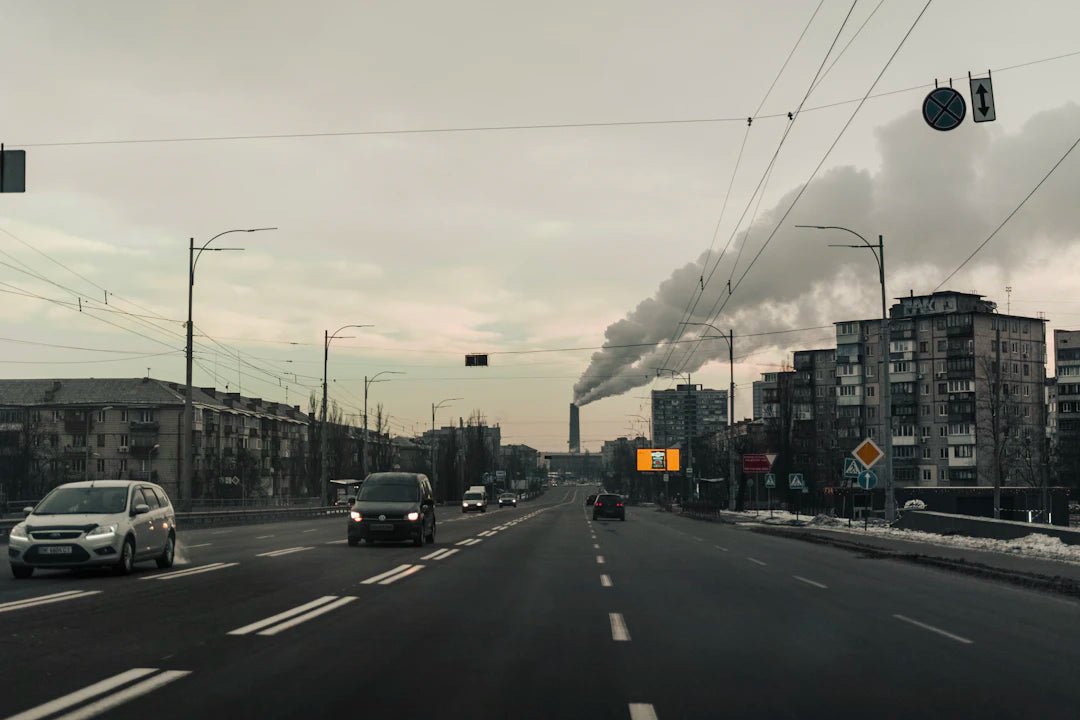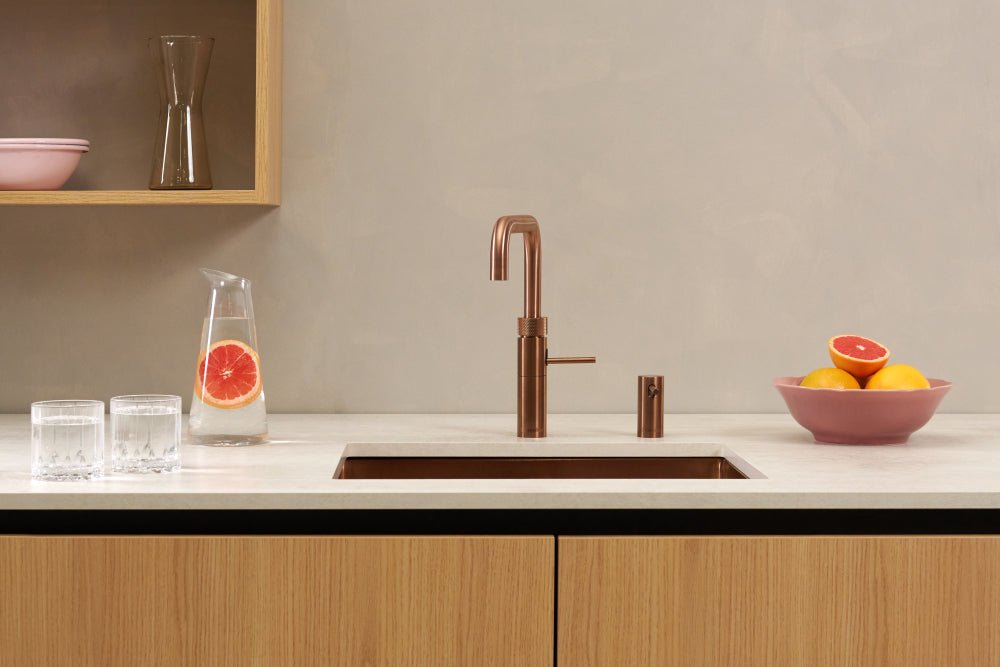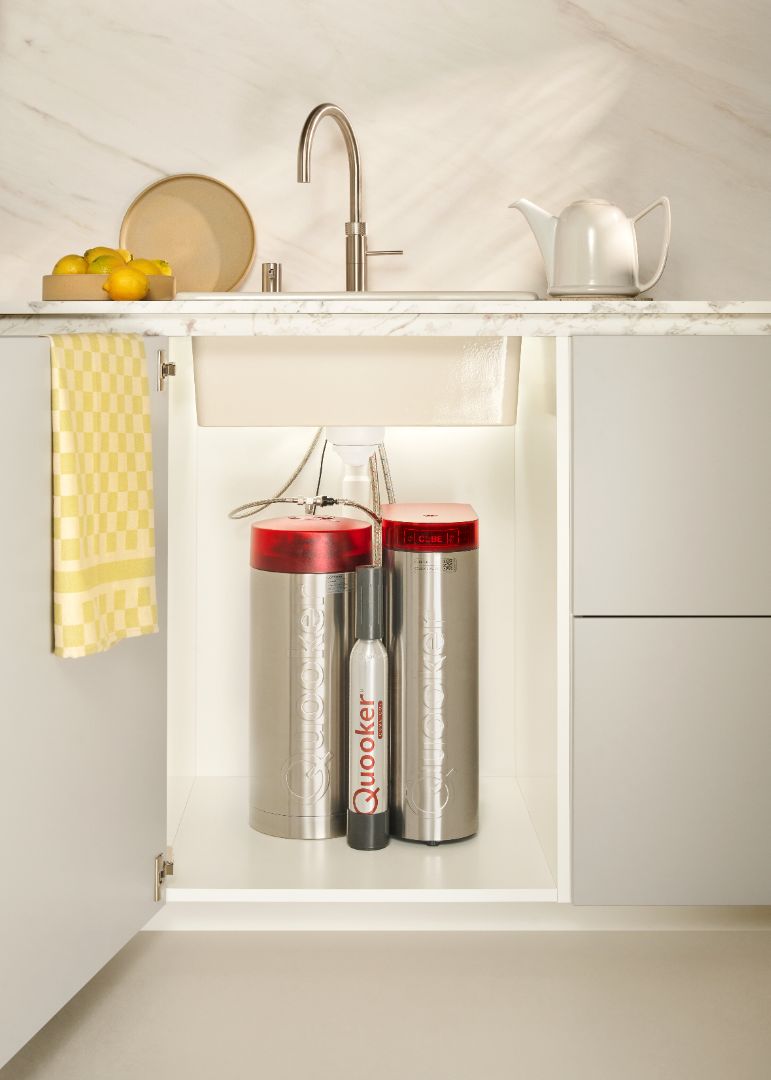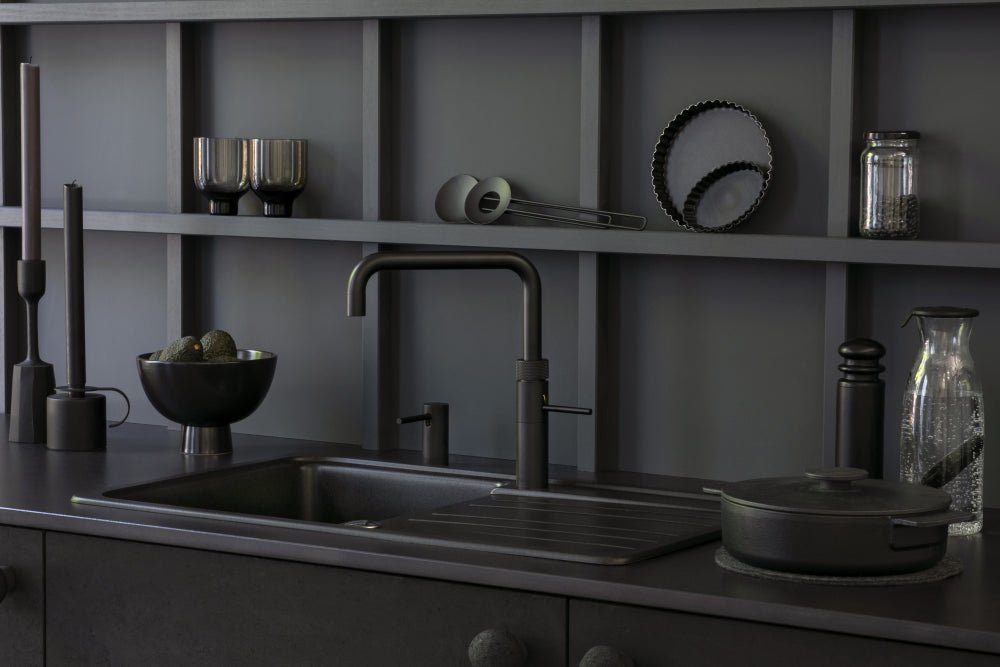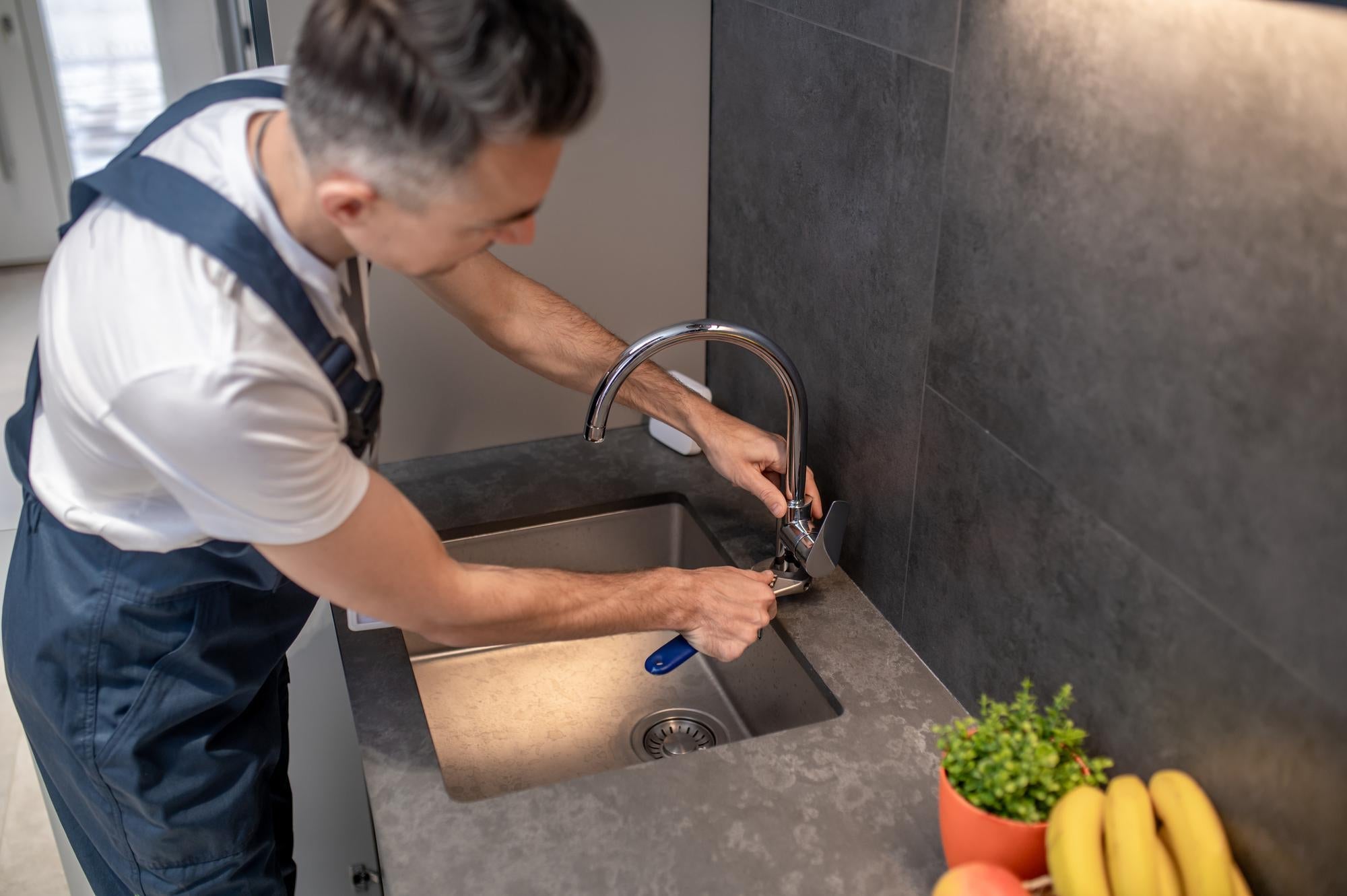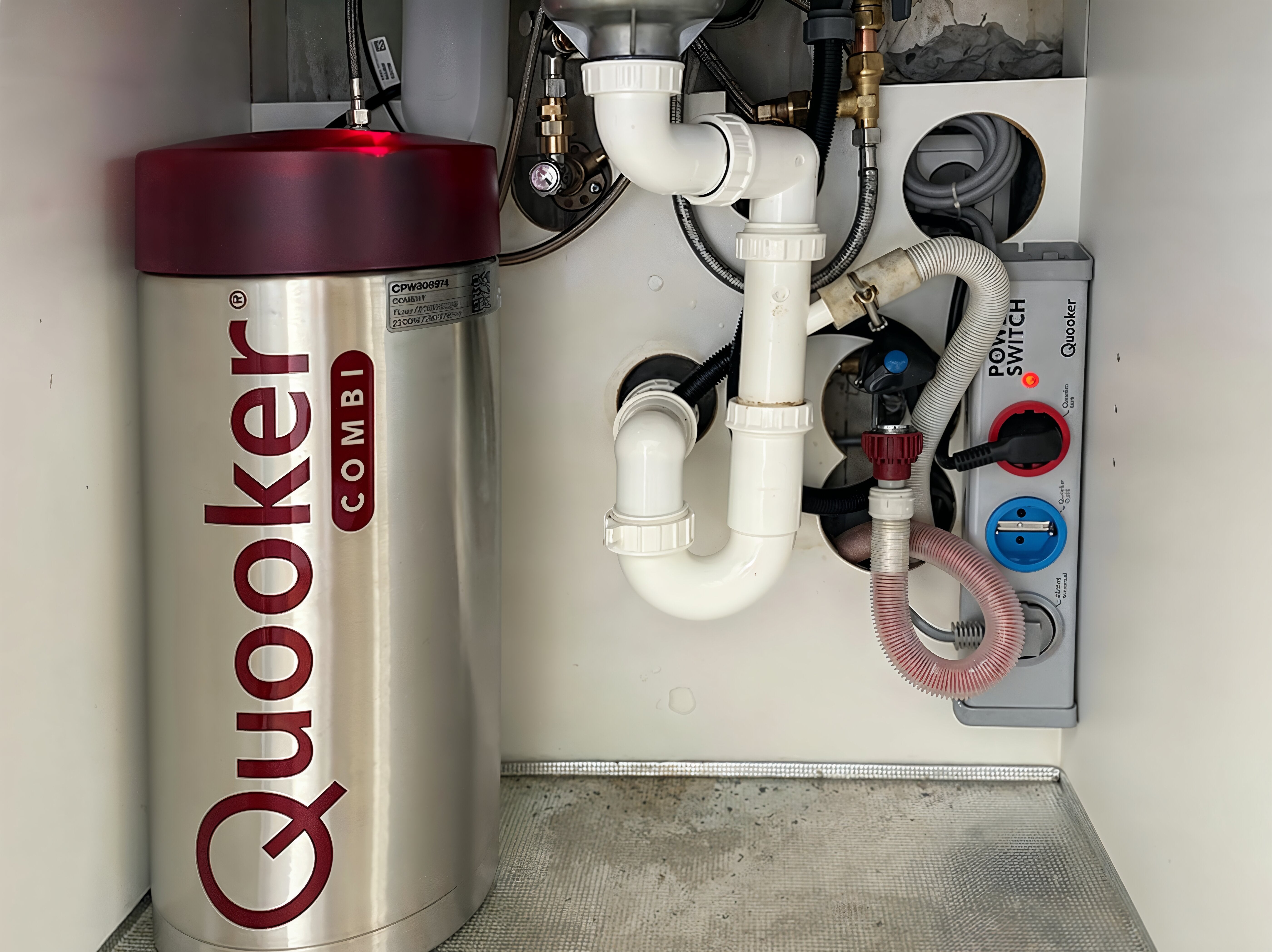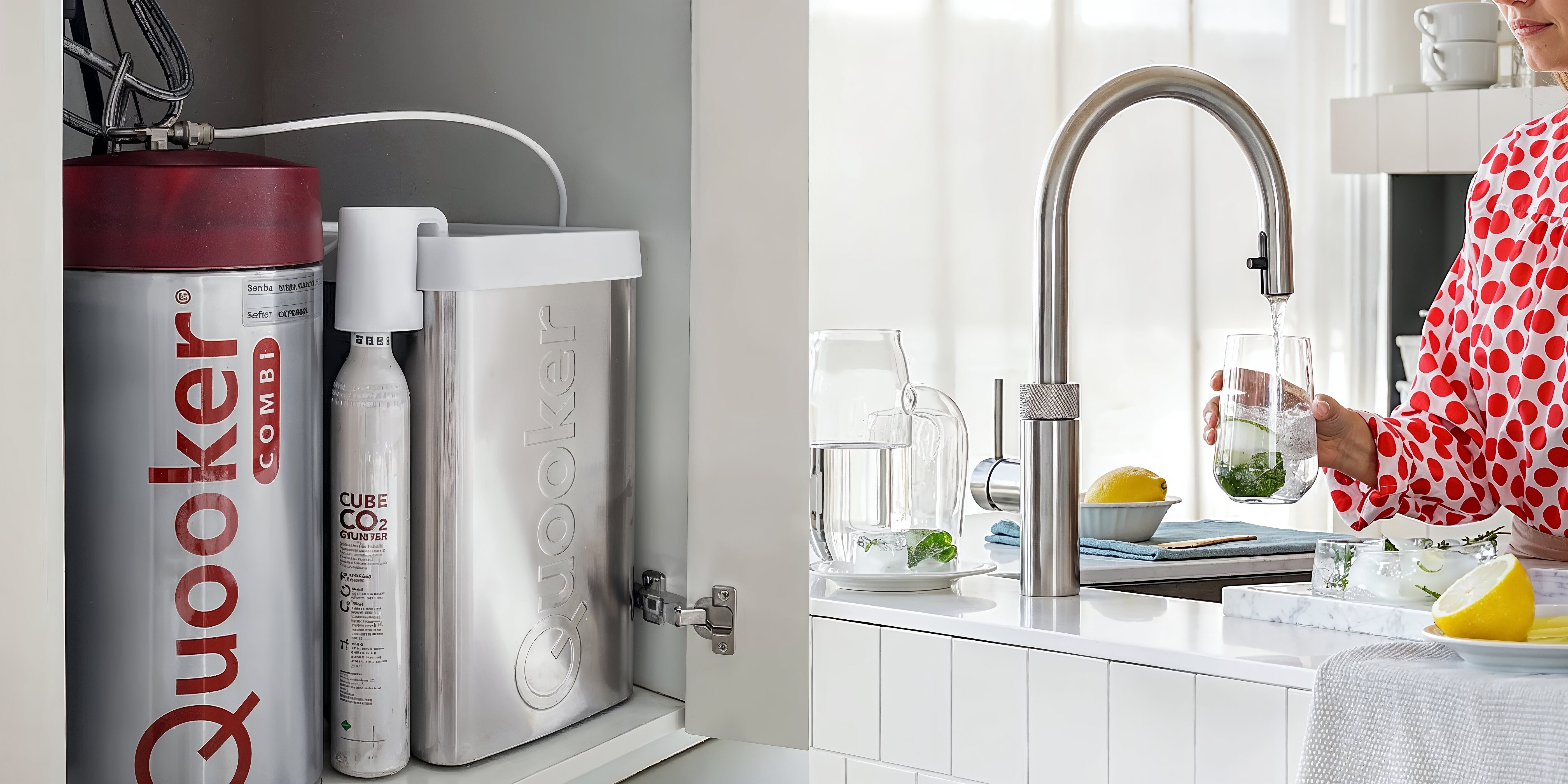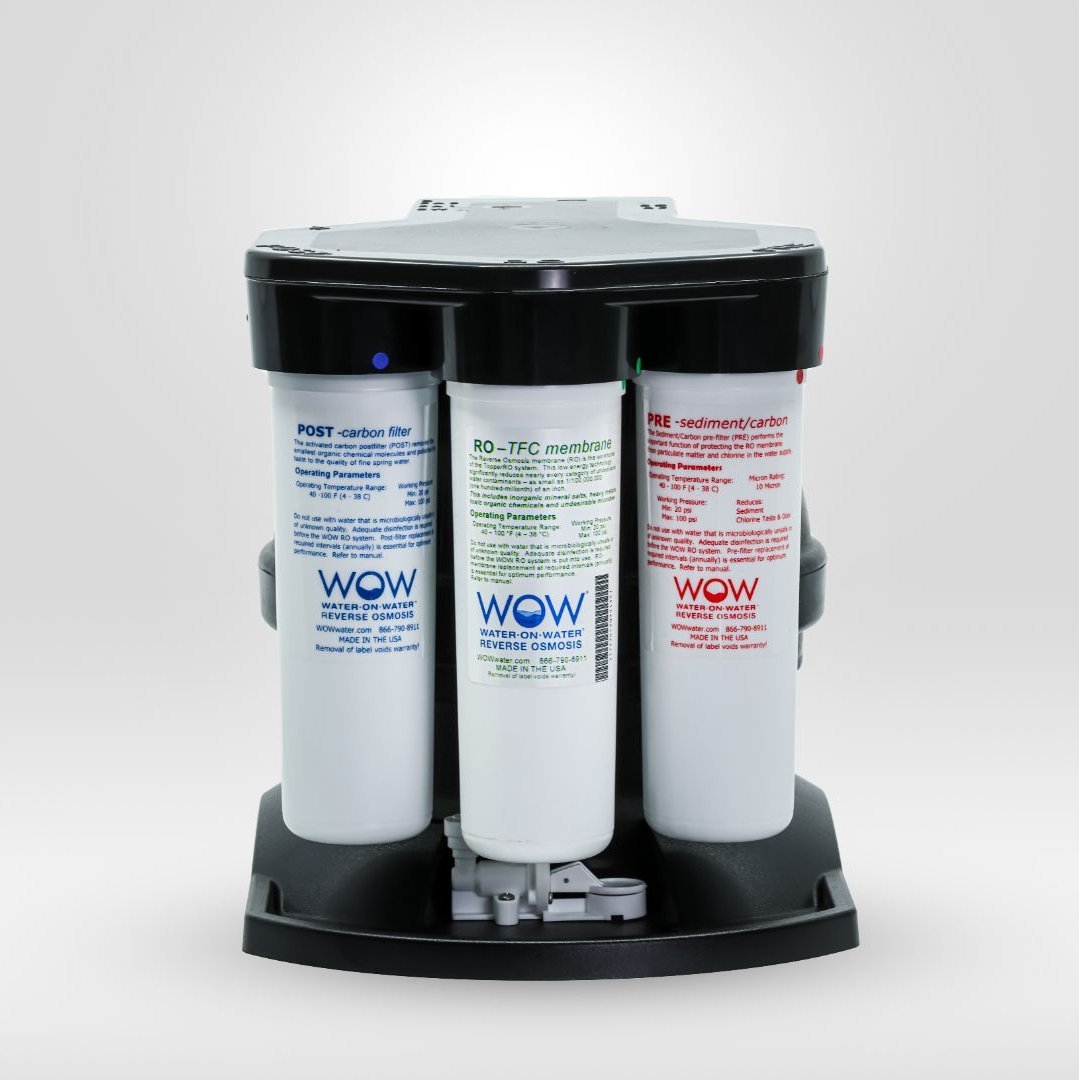PFAS, or perfluoroalkyl and polyalkylene substances, are a group of man-made chemicals that are gaining increasing attention worldwide. Concerns about PFAS are rooted in their persistence in the environment and the serious health risks they pose. But what exactly makes PFAS so problematic? In this article, we delve deeper into the world of PFAS and investigate why these substances are a global problem.
What are PFAS?
PFAS are a group of more than 4,700 different chemicals commonly used in various industrial and consumer products. They are often referred to as "forever chemicals" because of their unusually long lifespan in the environment and the human body. PFAS are found in products such as:
- Water-repellent clothing
- Fire extinguishing equipment
- Food packaging
- Cosmetics
Their widespread use makes it virtually impossible to completely eliminate them from our lives. This leads to an accumulation of PFAS in the environment, where they harm ecosystems and human health.
The spread of PFAS
PFAS are widespread worldwide, even in remote areas like the Arctic. This is because they travel through air, water, and soil and accumulate in the food chain. People can be exposed to these harmful substances through the consumption of contaminated fish and drinking water.
Health risks of PFAS
The health risks of PFAS are significant and well-documented. Research has shown that exposure to PFAS can lead to various health problems, including:
- Cancer, especially testicular and kidney cancer
- Hormonal disturbances
- Problems with liver function
- Immune system disturbances, which can make vaccinations less effective
These conditions make PFAS not only a personal health concern, but also a public health problem that must be addressed globally.
PFAS in our drinking water
One of the most concerning ways PFAS affects our daily lives is through contaminated drinking water. Many tap water systems are contaminated with PFAS, raising serious concerns about the safety of our drinking water. Using a tap water filter can be an effective way to remove these harmful substances and improve the quality of our drinking water.
What are the solutions?
To minimize the impact of PFAS, we must take action. Government, businesses, and individuals must work together to find a solution. Some recommended measures include:

- Policy and regulation: Governments should set stricter standards for PFAS use and discharges.
- Research and innovation: Investing in research into alternatives to PFAS and techniques to remove them from the environment.
- Consumer Awareness: Consumers need to be aware of products containing PFAS and choose safer alternatives.
PFAS microplastics comparison
Besides PFAS, microplastics also pose a significant threat to our environment. A PFAS-microplastics comparison can help us understand how these substances relate to each other and the risks they may pose. Both PFAS and microplastics are difficult to break down and can cause serious damage to ecosystems, especially in water bodies.
The impact on wildlife
PFAS and microplastics affect not only humans but also animals. Many studied wild species exhibit high concentrations of PFAS in their systems, leading to behavioral changes and population declines. This also has a knock-on effect on the ecosystem as a whole, as each species plays a crucial role in its environment.
International cooperation in the fight against PFAS
PFAS is a problem that knows no borders. International consultation and cooperation are crucial in addressing PFAS pollution. Countries must share information and technologies and jointly develop policies to regulate the production, use, and disposal of PFAS.
Progressive legislation
Some countries have already adopted progressive legislation to limit the production and use of PFAS. The European Union, for example, is working on a proposal for a comprehensive ban on most PFAS. These initiatives are positive steps toward a safer environment, but more countries must follow suit to have a global impact.
What can we do?
As individuals, we can also make a difference in the fight against PFAS. Here are some tips that can help you reduce your impact:
- Avoid products that contain PFAS, such as water-repellent clothing and certain cosmetics.
- Use a tap water filter to purify your drinking water from contaminants.
- Limit your consumption of fish from polluted waters, especially those species known to accumulate PFAS.
- Support initiatives and organizations that are committed to reducing PFAS in the environment.
The way forward
Combating PFAS is a complex problem that requires collaboration at all levels. It's essential that we, as a society, become aware of the risks and take responsibility for protecting our environment for future generations. By consciously choosing sustainability and making informed choices, we can collectively reduce the threat of PFAS.
Let's work together towards a safer, healthier world where PFAS and other pollutants no longer pose a threat to people and the environment. If you'd like to learn more about how to make your life more sustainable and contribute to the fight against pollution, keep following our blog for valuable insights and tips!
Linked product

The Source 50 Home Water Filter
The Source 50 home water filter offers an effective solution for removing unwanted substances from drinking water, including PFAS. With user-friendly installation and long-lasting filtration capacity, this product helps improve the water quality in your home. This contributes to a healthier living environment and reduces exposure to harmful chemicals.
View product